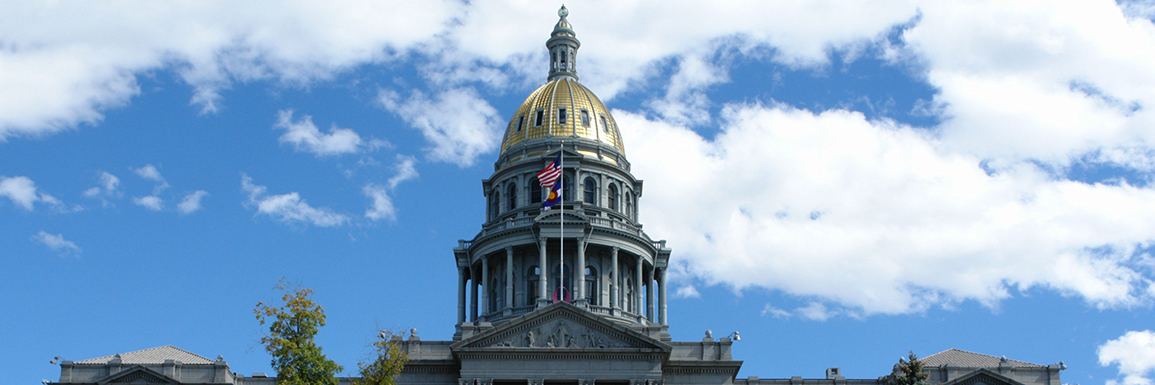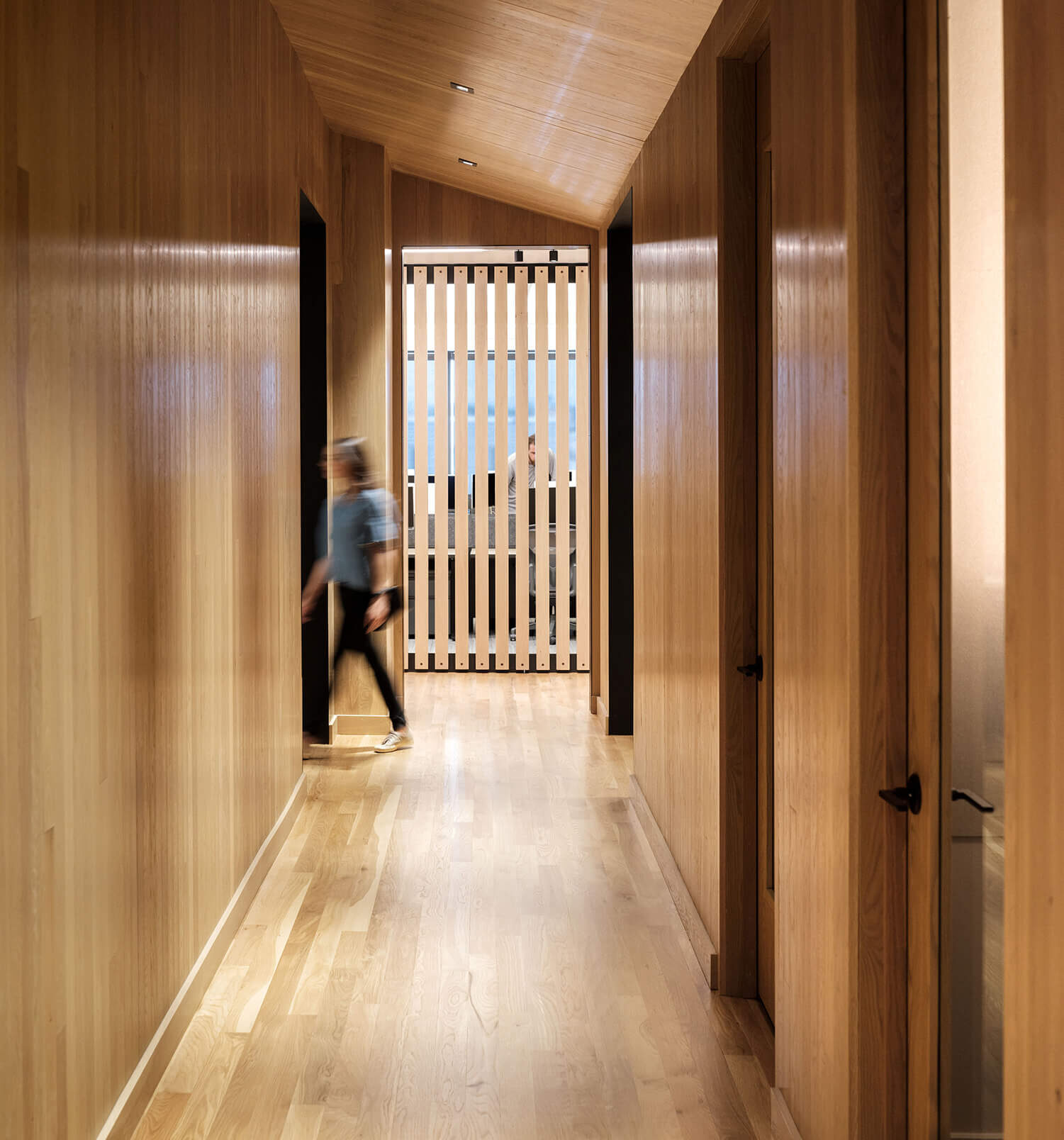The division is still here. It divides and stifles. Inequity permeates our Colorado built environment. The haves and have nots in design and development are overwhelming to those who eyewitness barriers and hopelessness. For those who do not understand this, listen, consider, collaborate, and design. But how can architects help overcome this current inequity in design? All that and more was discussed during a recent AIA Colorado and NOMA Colorado joint webinar, “Designing for Equity: Our Responsibility to Create Inclusive Environments.”
Panelists included:
- Nita Gonzales, M.ED., Principal, Nuevo Amanecer, LLC
- Shalini Agrawal, Founder and Principal of Public Design for Equity and Director of Programs for Open Architecture Collaborative and Pathways to Equity
- Dee Dee Devuyst, Acting Executive Director, Radian
The panel was co-moderated by Kaci Taylor, AIA, NOMA, and Patricia Joseph, Assoc. AIA, NOMA.
To understand architectural inequities today, one must go back decades and generations to understand a broader context. Consider these opposing ideas dealing with inequity… home ownership versus renting, generational wealth versus hourly minimum wage, and loan acceptance versus loan rejections.
Redlining in Denver from the early to mid-1900s involved denying home loans to minorities based on living in the “red-lined” disadvantaged (or risky investment) areas of Denver. This practice perpetuated itself with minorities not having generational wealth accumulated by home ownership; therefore, renting was the most likely option for minority descendants. Lack of home ownership affects influence and standing in communities, which directly impacts zoning, development, and building usages. Said Gonzales, “The equity lens for Denver is disappointing and frustrating. For example, grocery and early childhood deserts exists in lower income neighborhoods.” Privileged communities are not faced with these challenges.
“We are trained to be creative problem solvers. Lean in with this skill.”
Shalini Agrawal
Furthermore, a decades-long trend of gentrification negatively impacts minority communities. If we consider the dictionary’s definition, gentrification is described as a process in which a poor area (as of a city) experiences an influx of middle-class or wealthy people who renovate and rebuild homes and businesses and which often results in an increase in property values and the displacement of earlier, usually poorer residents. Gentrification may appear to benefit many, but the reality is a stark contrast that pushes out individuals and families who are not resourced well. And it’s back to renting in substandard neighborhoods.
What are some practical steps architects and design stakeholders can incorporate to mitigate a racially divided built environment? First, designers need to become more intentional in connecting with under-represented neighborhoods. “Walk the community. Risk the chance of meeting people in the community,” Gonzales said. “Balance form with function [in design] with the land and not to control the land.”
Next, take an “Equity Pause.” “Air a question. Make space for listening,” said Agrawal. Be curious. Listen to people and their concerns. Taylor added that what we see is not by accident—it is by design. Use a different lens and an organic approach in architectural design.
Finally, do what architects do best—solve complex problems. Agrawal said, “We are trained to be creative problem solvers. Lean in with this skill.” With this in mind, understand from the community’s point of view the effects of your design. Devuyst added, “How are we causing more harm? Is this project going to unintentionally promote gentrification?”
Authenticity goes a long way. Don’t patronize. Hire help within the community. “Move from transactional to relational,” said Agrawal. “And move at the speed of trust.”
Architects make generational decisions that may last over 100 years. Let’s listen, consider, and design buildings that yield positive outcomes for everyone. Challenge yourself to walk a neighborhood and fully understand its culture and its people, as well as its cost-benefit. That’s a legacy built on listening and designing a built environment that solves complex problems with mutually beneficial outcomes, ultimately helping to unite people together.









